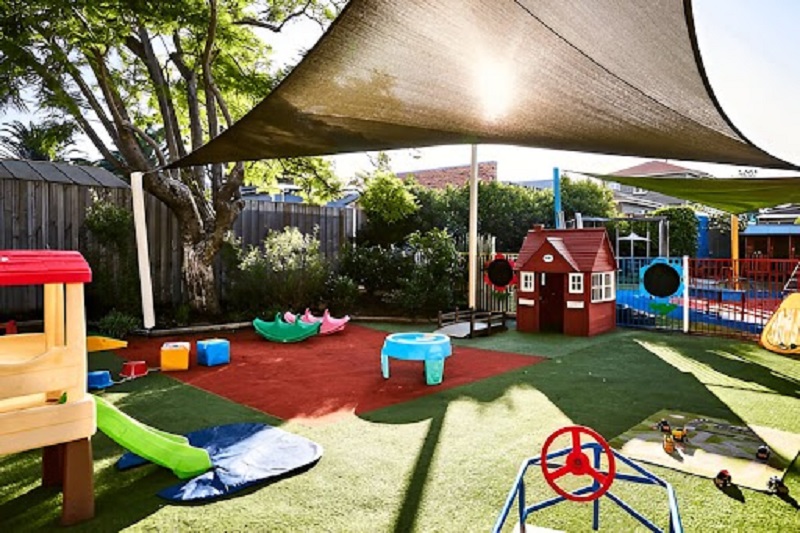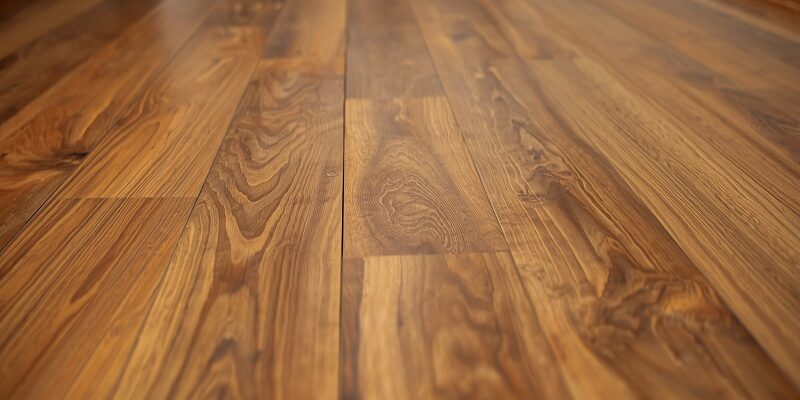Top 5 Benefits of Outdoor Shade Sails for Your Patio
Outdoor shade sails transform your patio from a scorching sun zone to a cool and welcoming oasis. It comes with five benefits that stand out that include high UV protection, fashionable design flexibility, low-cost installation, increased durability, and enhanced efficiency of energy for your home. If you’ve ever had to cut a barbecue short or moved it indoors due to the sun making your patio too hot it’s not an isolated case. Millions of people struggle to turn your outdoor space into functional spaces. That’s why the outdoor shade sails shine, both literally and metaphorically. Contrary to the bulky pergolas and permanent roofs, these unique fabric shade sails combine function with art, resulting in a unique shelters that can be adapted to your lifestyle. This guide delves into the reasons they’re game changers with practical suggestions to ensure you have the best convenience without cutting corners on the style.
Why Patio Shade Matters More Than You Think
The sun’s rays aren’t just uncomfortable; they’re a risk to health. According to the Skin Cancer Foundation reports that UV radiation can cause 90 percent of non-melanoma skin cancers. Beyond health, the constant sun smudges furniture, heats adjoining rooms (hiking AC bills by 25 percentage) and makes patios inaccessible during peak times. Traditional solutions such as umbrellas give only a limited amount of coverage, whereas solid roofs block out light completely. Outdoor shade sails provide a balanced solution, blocking sunlight and let breezes flow. They’re specifically designed to block 90% to 99 percent of UV radiation made of specialized materials like HDPE (High-Density Polyethylene) that resists fade and mold. For pets, families or those who entertain This isn’t just a luxury; it’s vital security.
The Top 5 Benefits of Outdoor Shade Sails
1. Unmatched UV Protection & Skin Safety
Outdoor shade sails act as a protective shield. High-end fabrics are rated UPF 50+ and block 98 percent of harmful UV rays. It’s not just about sunburn prevention, it’s crucial to long-term health. Pediatricians usually suggest play areas with shade, and sails provide safe areas for children and pets. In contrast to static structures sails can be bent to stop the sun’s rays from entering your area all day. For instance, a West-facing sail blocks harsh glare from the afternoon and a triangular design could cover a lounge completely.
Pro Tips: Choose darker-colored fabrics to get better UV absorption. Choose fabrics that have titanium dioxide coatings to ensure the highest reflectivity.
2. Design Flexibility & Aesthetic Appeal
There is no longer a need for cookies-and-cutter patio covers. Outdoor shade sails provide endless possibilities for customization. Set them up with geometric forms (triangles or rectangles hybrids) or layer them to create visual depth, or select bright colors to match your garden. In Sydney, architects employ the sails that overlap to create sailing boat silhouettes, and blend the coastal theme with contemporary homes. They’re also easily removed, which allows you to change the design seasonal. For instance, a California vineyard made use of the sails that cascaded down in terracotta shades to reflect sunset hues and enhance their tasting patio’s ambience without the need for permanent construction.
Pro Tips: Use contrasting hardware (stainless steel turnbuckles or powder-coated posts) to create a premium look.
3. Cost-Effectiveness & Easy Installation
As compared to wooden pergolas ($4,000-$10,000) or aluminum awnings ($3,000-$7,500) diy Outdoor shade sails cost between $200 and $800. Professional installation typically costs less than $2500. They need only minimal structural work. Anchor points are able to be connected to the existing wall or trees, or even simple posts. What tools are required? A level, drill and wrench. In Arizona homeowners cut their the cost of cooling their patios by 30 percent after installing sails and recouping their investment over two summers. The majority of permits do not need to be obtained to build temporary structures speeding the process.
Budget hack: Begin with one sail above your seating space. Later, you can expand with modular additions.
4. Durability & Weather Resistance
High-quality sails are able to withstand harsh conditions. HDPE fabric is resistant to tears as well as UV degradation, and moisture. In the coastal region of Florida, the sails made of salt-resistant polyester can withstand hurricanes if properly tensioned. Corner pockets reinforced with reinforcement and stainless steel marine-grade hardware keep out corrosion. One Colorado homeowner has shared the way her sails were able to withstand the weight of snow due to their elasticity, and non-accumulating design. Maintenance is straightforward: Cleaning dust regularly and examining tension springs. You can expect 10-15 years of service, which is longer than numerous wooden structures.
Material Guide:
- Polyester is Affordable, ideal for climates with moderate temperatures.
- HDPE Excellent UV and weather protection. Ideal for sun-striking conditions.
- PVC Coated Polyester waterproof; ideal for regions that get wet.
5. Energy Efficiency & Eco-Friendly Cooling
Outdoor shade sails reduce energy consumption in homes. By shading walls and windows, they lower indoor temperatures by 10 to 15 degrees, which reduces AC dependence. According to the U.S. Department of Energy states that shading can reduce cooling costs by 15 to 30 percentage. In Texas, an experiment showed shaded patios reduced temperatures in the adjacent rooms by 8 degrees. They also help to circulate air and are not as hot as solid roofs, which hold heat. For those who are concerned about the environment, Sails are an efficient cooling option that doesn’t require need for electricity. In addition, recyclable materials (like HDPE) help reduce waste from landfills compared to vinyl alternatives.
Science Insights: The “fly-roof effect” lets hot air escape upwards beneath the sail, which creates natural convection flow.
Beyond the Top 5: Added Perks You’ll Love
- Rapid Installation: A majority of set-ups last about 4-6 hours.
- Capability to Port: Use them whenever you move. Not like built-ins.
- Multi-Purpose Us:e Protect playgrounds, pools or parking spots.
- Security Screening for Privacy: Layer sails vertically to block the viewlines.
Choosing the Right Shade Sail: A Buyer’s Checklist
Avoid common pitfalls by following these suggestions:
- Check Accurately: Add 10% of slack to allow tension.
- Pick Anchors Carefully: Concrete footings > surface mounts to resist wind.
- Fabric Weight matters: 340gsm+ for high-wind regions.
- water permeability Choose breathable fabric to avoid the pooling of.
- Garanty: Seek 5+ years of warranty on hardware and fabric.
Real-Life Transformations: Shade Sails in Action
- The Entertainer’s Haven (Austin, TX): A family has layered two sails that are triangular over their grill area, which extended summer parties to 4 hours a day.
- The Pet Paradise (Portland, OR): A sail that blocks UV radiation protects a dog’s run, which prevents the exhaustion of heat in Labradors.
- The Urban Oasis (Chicago, IL): Rooftop sails cut down on glare in a condominium and provide a lush container garden escape.
Debunking 3 Shade Sail Myths
- “They Sag or Collapse Easily”: Proper tensioning stops sliding. Make use of turnbuckles to adjust.
- “Limited Colour/Design Options”: Modern sails come in a variety of colors, including 50+ and customized designs.
- “High Maintenance”: A once-a-year cleaning is enough; no sealing or staining is required.
Installation DIY or professional help. Professional Assistance
DIY-Friendly If:
- It’s a small area (<200 sq feet).
- Anchor points exist (walls, sturdy pergolas).
- Ground posts are required (requires foundations made of concrete).
- You’re covering irregular forms or several levels.
Safety first: Tension sails up to 100-150 pounds of force (use an instrument to gauge tension).
Conclusion: Your Patio’s Upgrade Starts Here
Outdoor shade sails offer transformative benefits – health safety, beauty, security and energy efficiency, making the perfect choice for patios of all kinds. They help bridge the gap between the open skies and enclosed spaces, which allows you to reclaim your outdoor space without spending a fortune. If you’re protecting pets, toddlers or gatherings on weekends, their versatility can meet real-world demands. Begin small by putting a single sail that you can place over your lounge set before you become enthralled by your newly redesigned patio. Keep in mind that quality is important. Choose UV-stable fabric as well as corrosion-proof hardware, and your sails will give you many years of tranquil cool, shaded times.



